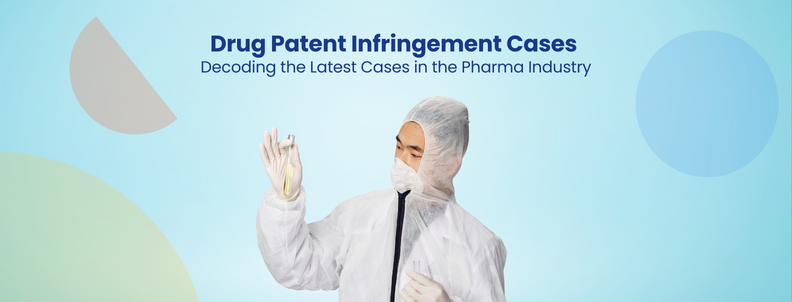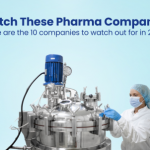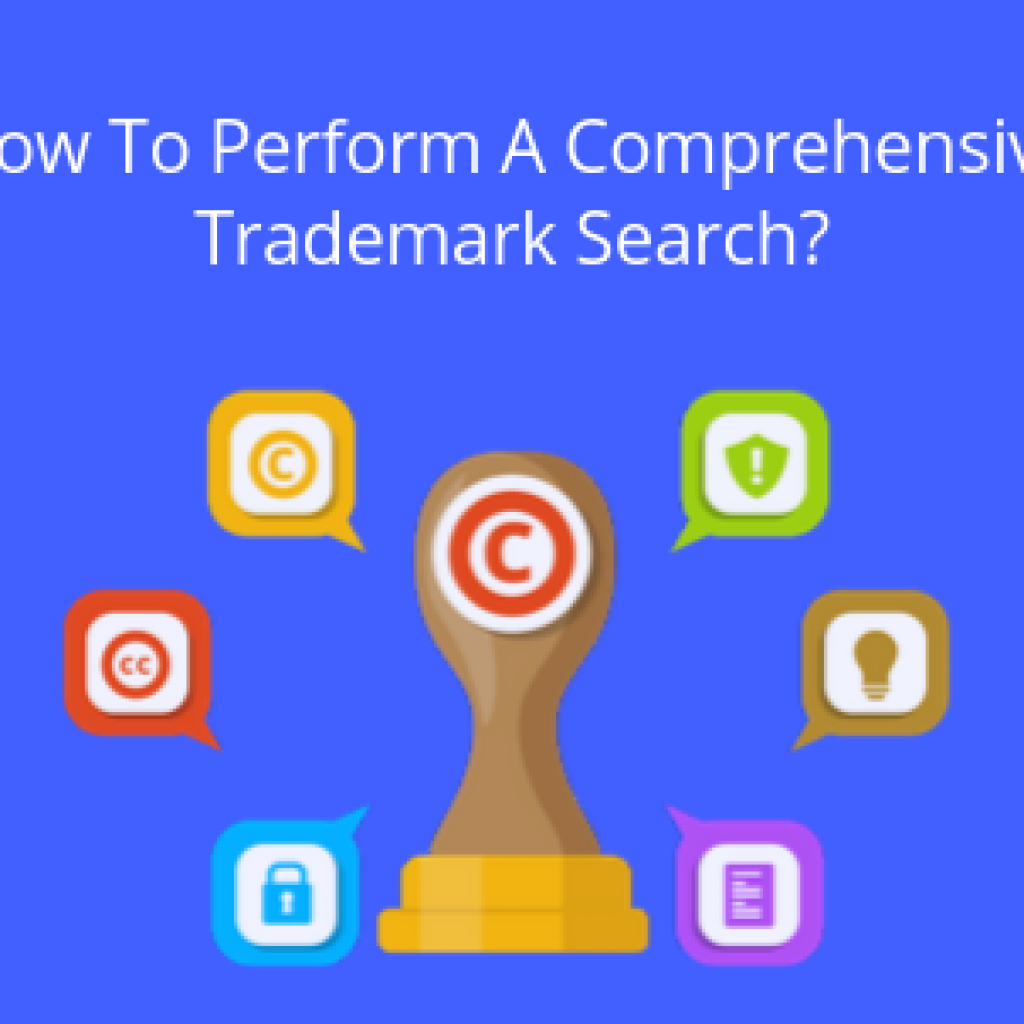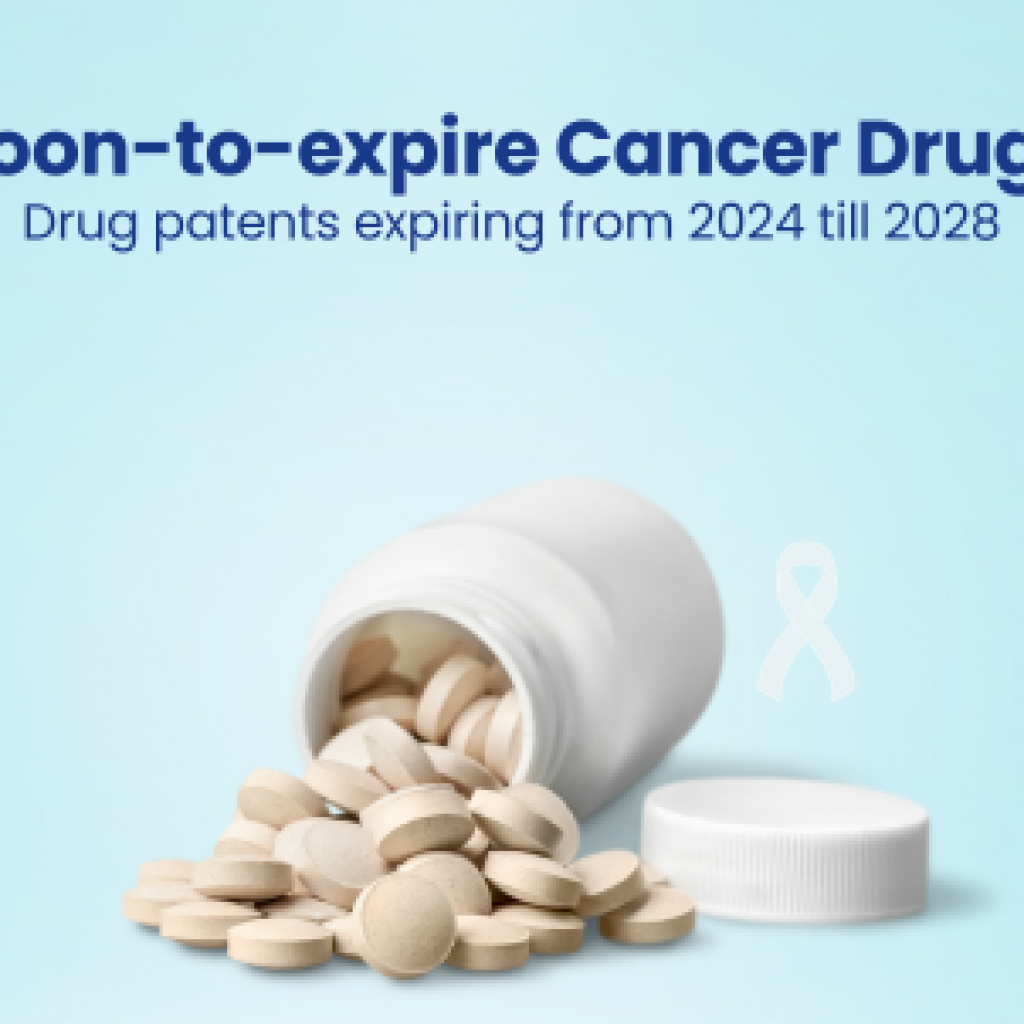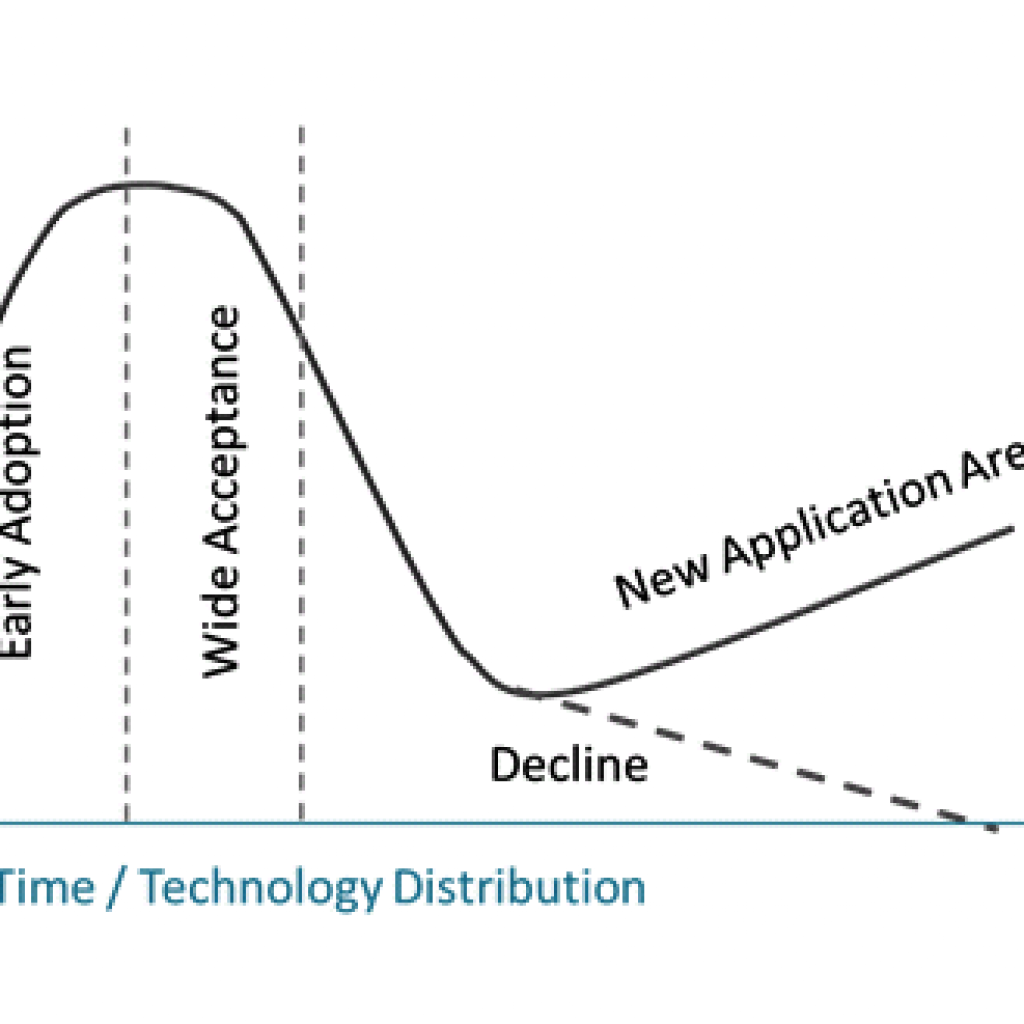The pharmaceutical industry is known for its high-stakes drug patent infringement cases. Recently, several industry leaders, such as AbbVie, Bayer, and Cipla, have been involved in high-stakes litigation cases, garnering the attention of our patent invalidity team.
This analysis of recent 5 drug patent infringement cases highlights the specific patent under scrutiny and the strategies we employed to locate potential prior art. We showcase areas, such as patents, clinical trials, and research studies, that could be instrumental in invalidating the claims.
Therefore, understanding how the patents in these cases can be challenged will give valuable insights to strengthen your invalidation arguments.
Bayer sues Cipla for its blockbuster product- Xarelto
The case (1-23-cv-01196) involves 2 patents related to the specific dosage regimen of rivaroxaban, a medication that prevents blood clots.
The first patent, filed in 2005 (US9539218B2), covers taking a specific dose of Xarelto (no more than once daily for at least five days) in a fast-dissolving tablet to treat blood clots caused by stroke (thromboembolic disorder).
The second patent, filed in 2018 (US10828310B2), is for a different use of Xarelto. Here, Bayer claims that a combination of a low dose of Xarelto (2.5 mg taken twice daily) along with aspirin (75-100 mg daily) is effective for treating cardiovascular diseases.
Rivaroxaban
Aspirin
Challenging Xarelto Patents with Prior Art
Upon looking at these patents, such details about dosage regimens can be found in clinical trials. These trials involve sponsors specifying the exact dosage regimens administered to patients or healthy volunteers. Furthermore, they publish data regarding the efficacy of the treatment, which demonstrates whether the drug produces favorable effects.
Interestingly, numerous clinical trials have already explored combining aspirin and rivaroxaban for cardiovascular health. However, the dosages used in these trials are often higher than what Bayer claims in their patents.
However, the dosage listed in these trials is higher (snapshot present below) than the one claimed in the patents.
Why the difference?
Experts generally aim to use the lowest effective dose possible. This is considered the most suitable and obvious choice for patient safety and treatment effectiveness.
Thus, if we look for comparative studies showcasing the benefits of lower doses compared to the one listed in these clinical studies, that can be the key to locating a strong prior art, in this case, other than the conventional search strategies.
Intrigued by the strategy? Want to know if these patents can be invalidated?
Fill out the form below to learn more about the specific strategies we employed and if they can be applied to your case as well.
Here is a similar case for further reading. This is one of the cases that we cracked recently on the same ground:
AbbVie’s patent lawsuit against Accord and other generic companies for infringing Rinvoq
One of the patents involved in the lawsuit is US9963459B, which has a cut-off date of October 16, 2015.
It describes an extended-release solid dosage form containing a compound called Upadacitinib. AbbVie sells this drug under the brand name RINVOQ and uses it to treat rheumatoid arthritis. It is an oral Janus kinase (JAK)1-selective inhibitor and a disease-modifying antirheumatic drug (DMARD).
The patent also includes using an acidic pH modifier such as Tartaric acid and a release control polymer such as hydroxypropyl methylcellulose/ HPMC.
Areas of investigation to find prior-art Hotspots
Existing knowledge on extended-release formulations:
Scientific understanding suggests that organic acids and specific polymers are already established methods for achieving consistent drug release in both the stomach and intestines. Our initial search revealed a patent (US9011912B2) assigned to Abon Pharmaceuticals that describes using similar ingredients for poorly soluble amine drugs, which is the category Upadacitinib falls under.
Similar JAK inhibitor drugs:
Upadacitinib belongs to a class of drugs called JAK inhibitors. We investigated patents for structurally similar JAK inhibitors. This led us to a patent (US9428511B2) assigned to Syngene, and Bristol Myers Squibb discloses a structurally similar Upadacitinib variant. This indicates that a thorough Markush structure search could reveal hidden structures with maximum structural overlap, which can be further explored to find the required extended-release formation.
Recent legal challenges:
We discovered a news report (August 2023) stating that a Chinese company successfully invalidated two of AbbVie’s core patents for Rinvoq. While the specific prior art used wasn’t disclosed, this news confirms the existence of a potential challenge.
Tecan Genomics sued Archer DX over a patent on DNA Enrichment.
Tecan Genomics has sued Archer DX in an infringement lawsuit over a next-generation sequencing (NGS) technology patent. The patent in question is US10036012B2, which details a method for selectively enriching specific DNA sequences (the interesting bits) from a complex mixture (like a cell sample).
The method utilizes a set of universal primers and adaptors to grab the desired sequences. These enriched sequences are then amplified and sequenced using NGS technology.
Unveiling Weaknesses in Tecan Genomics’ Patent on DNA Enrichment (US10036012B2)
Established Technique – Sequence Enrichment:
The concept of enriching specific DNA sequences isn’t new. It’s a common approach where researchers use probes that bind to unique sequences, allowing them to capture the desired DNA and discard unwanted material. This eliminates the need for complex processes like multiplex PCR and primer sets, affecting the efficiency and cost of the sequencing process. (Source).
Prior Art in NGS Technology:
Massively Parallel Sequencing or Next-Gen Sequencing technology was developed around the late 1990s and early 2000s. The evolution of this technology is generally credited to 454 Life Sciences (now part of Roche) and Solexa (now Illumina). Founded by the pioneers in the field of next-generation sequencing (Mark Chee and Anthony Czarnik), Illumina has come up as a major player in the domain of next-generation sequencing over the years, with multiple proprietary next-generation sequencing platforms (e.g., NovaSeq 6000, NovaSeq X Series, MiSeq DX) Illumina holds about 80% of the total global market share (Source).
Furthermore, a study published by GreyB suggests that Illumina holds a significant number of patents (around 9000), with a large portion predating the cut-off date of this specific Tecan Genomics patent (2017).
Why this Matters?
The existence of prior art in both sequence enrichment methods and NGS technology could weaken Tecan Genomics’ patent claims. This is especially true if Illumina’s patents or commercially available kits (like the NEBNext DNA prep kit) demonstrate similar processes for enriching DNA before NGS analysis.
Hikma takes legal steps against Cipla for infringing on the patent for Kloxxado
Hikma Pharmaceuticals has filed a lawsuit against Cipla, alleging that Cipla’s generic naloxone nasal spray infringes on the patent for Hikma’s brand-name product, Kloxxado. The patent (US10722510B2) covers a specific formulation for the nasal spray.
- Naloxone (active ingredient): 8% – 12%
- Water: 35% – 85%
- Propylene glycol (solvent): 3% – 7%
- Ethanol (solvent): 20% – 50%
- Edetate disodium dihydrate (permeation enhancer): 0.005% – 0.01%
This formulation is intended for intranasal and/or sublingual administration, with the percentages denoting the weight relative to the total weight of the formulation.
Our Areas of Investigation (Prior Art Hotspots)
Naloxone, a drug used to counteract opioid overdose, has a short duration in the bloodstream and low effectiveness when taken orally due to liver metabolism. To improve its stability and absorption, intranasal spray is the preferred route of administration, utilizing solvents, cosolvents, water, and a permeation enhancer.
EDTA (Ethylenediaminetetraacetic acid) has been recognized as a permeation enhancer for poorly soluble drugs since the 1980s. PEG (Polyethylene glycol) is commonly used as a solvent in nasal spray drug delivery and has strong support with over 150 citations regarding its utility in drug delivery.
Additionally, ethanol is a widely chosen solvent for nasal formulations. These excipients play a crucial role in enhancing drug delivery, and further research is needed, particularly in the context of naloxone and determining their optimal concentrations in the formulation.
Numerous researchers have explored the use of excipients such as EDTA, ethanol, and polyethylene glycol collectively in a single document related to intranasal drug delivery for various drugs, all before the subject patent’s cutoff date. To determine if naloxone is discussed as an active pharmaceutical agent, it’s crucial to review these documents, including NPL 1, NPL 2, Patent 1, and Patent 2,
Exploring these areas will help identify relevant prior art against the subject patent.
Bayer filed a lawsuit against Taro for its blood thinner product- Xarelto
Generic drug manufacturer Taro faces legal challenges from Bayer regarding their blood thinner product. The dispute centers on a patent (US10828310B2) filed in 2018 by Bayer, which details using a combination of 2.5 mg of rivaroxaban twice daily and 75-100 mg of aspirin daily to treat cardiovascular diseases.
Rivaroxaban
Aspirin
Our Areas of Investigation (Prior Art Hotspots):
Dosage Regimen Details in Clinical Trials:
Clinical trials are a prime hunting ground for evidence that questions the novelty of Bayer’s specific dosage regimen. These in-depth studies typically detail the exact dosages of medications administered to participants. If prior trials involving rivaroxaban and aspirin combinations already exist, they will contradict the specific dosages claimed in Bayer’s patent. Additionally, the published data from these trials will be crucial in understanding if similar efficacy was achieved with higher dosages.
Focus on “Lowest Effective Dose”:
A well-established principle in medicine is to use the lowest possible dosage that produces the desired effect. This minimizes potential side effects while maintaining treatment effectiveness. Since numerous clinical trials have explored combining rivaroxaban and aspirin, prior art may exist demonstrating the effectiveness of higher dosages. This could be used to argue that Bayer’s claimed dosage of Xarelto is simply an obvious choice, not a novel invention.
Why this Matters:
If prior art can be found that weakens Bayer’s patent claims on this specific dosage regimen, it could pave the way for generic versions of this combination therapy to enter the market sooner. This would increase competition and potentially lower costs for patients.
Conclusion:
The above drug patent infringement cases exemplify how, with the right strategy, seemingly challenging patents on drug formulations and treatment regimens can be invalidated.
Our patent invalidity teams monitor ongoing litigation and legal proceedings to gain foresight into potential threats and challenges that may impact our clients.
If you have a similar drug patent infringement case and need help navigating patent challenges to craft winning arguments, prior art search experts are just a form away.
Authored by: Nikhil Gupta & Shadab Riyaz, Prior Art Team
Edited by: Annie Sharma

